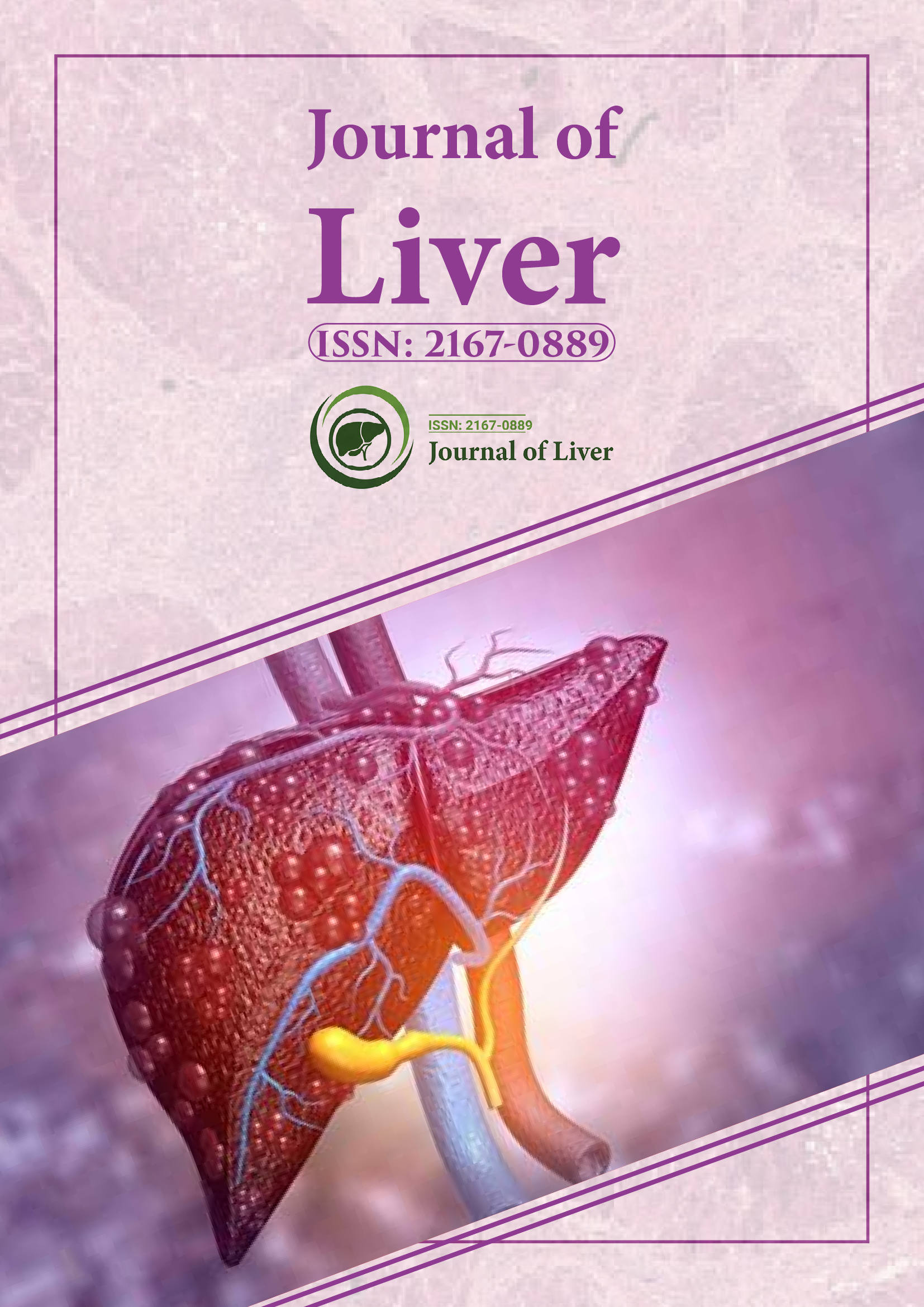Indexed In
- Open J Gate
- Genamics JournalSeek
- Academic Keys
- RefSeek
- Hamdard University
- EBSCO A-Z
- OCLC- WorldCat
- Publons
- Geneva Foundation for Medical Education and Research
- Google Scholar
Useful Links
Share This Page
Journal Flyer

Open Access Journals
- Agri and Aquaculture
- Biochemistry
- Bioinformatics & Systems Biology
- Business & Management
- Chemistry
- Clinical Sciences
- Engineering
- Food & Nutrition
- General Science
- Genetics & Molecular Biology
- Immunology & Microbiology
- Medical Sciences
- Neuroscience & Psychology
- Nursing & Health Care
- Pharmaceutical Sciences
Abstract
Evaluation of Duodenal Angioectasia with Portal Hypertension
Takahiro Sato, Sho Kitagawa and Mutsuumi Kimura
Background: A few studies have investigated duodenal lesions in patients with portal hypertension. Aim is to investigate duodenal angioectasia in patients with portal hypertension.
Methods: Sixty patients with duodenal angioectasia and portal hypertension were investigated between April 2009 and March 2012. The subjects were 29 males and 31 females ranging in age from 50 to 84 years (mean: 67.5). Endoscopic findings of duodenal angioectasia were investigated. We evaluated the therapeutic strategy for cases of bleeding duodenal angioectasia.
Result: The underlying pathologies of portal hypertension were liver cirrhosis in 56 patients, idiopathic portal hypertension in three patients and extrahepatic portal vein obstruction in one patient. Forty-one of the 60 patients had previously received endoscopic injection sclerotherapy for esophageal varices and the other nineteen patients had a coexistent high risk of esophageal varices. Gastric antral vascular ectasia was discerned in 29 cases. The location of the duodenal angioectasia was the duodenal bulb in 30 cases, descending portion in 13 cases and both the duodenal bulb and descending portion in 17 cases. Endoscopic findings of duodenal angioectasia were classified as follows: punctulate erythema (<1 mm), with or without oozing, and patchy erythema (a few mm), with or without oozing. Endoscopically, bleeding from the duodenal angioectasia was observed in 16 of 60 (26.7%) patients: punctulate erythema in 6 cases and patchy erythema in 10 cases. Bleeding from the patchy erythema type was discerned in 10 of 16 patients (62.5%). However, there was no bleeding in 43 cases of punctulate erythema involving the bulb. Argon plasma coagulation was successfully performed for 6 of 16 cases of bleeding duodenal angioectasia and the other 10 cases were followed-up with endoscopic observations. Conclusions: Duodenal angioectasia in patients with portal hypertension is considered to be one of the lesions of portal hypertensive duodenopathy.
